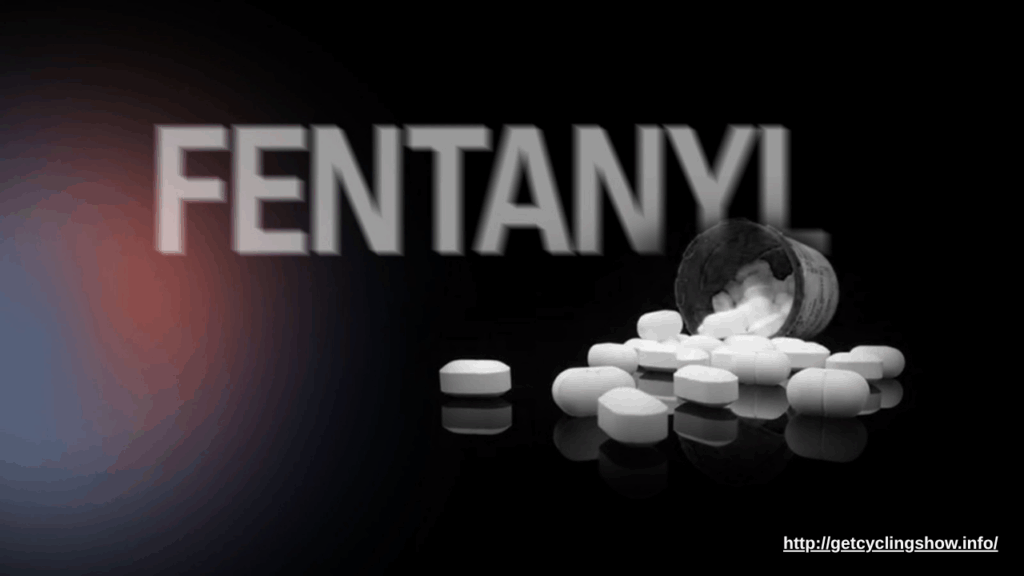
Watching a loved one struggle with addiction is a painful and often overwhelming experience. The journey to recovery can be long and complex, but with the right approach, support from family and friends can make a significant difference. Offering compassionate, informed, and consistent support can help your loved one find the strength and resources needed to pursue recovery.
Educate Yourself About Addiction
Understanding addiction as a chronic medical condition rather than a moral failing is the first step. Addiction alters brain chemistry, affecting judgment, behavior, and self-control. Learning about the nature of addiction, its causes, and treatment options helps reduce stigma and enables you to provide informed support.
Practice Empathy and Patience
Addiction often leads to erratic behavior, broken trust, and emotional strain. It’s essential to approach your loved one with empathy rather than judgment. Express your concern without blaming or shaming. Use “I” statements such as, “I’m worried about your health,” to communicate your feelings without making them defensive.
Recovery is rarely a straight path. Relapses may occur, and progress can be slow. Patience and understanding are vital to maintaining a supportive environment.
Encourage Professional Help
While emotional support is crucial, addiction is a medical condition that typically requires professional treatment. Encourage your loved one to seek help from addiction specialists, therapists, or treatment centers. Offer to assist with researching options, making appointments, or accompanying them to consultations if they’re open to it.
Set Healthy Boundaries
Supporting someone with an addiction does not mean tolerating harmful behavior. Establish clear boundaries to protect your own well-being and maintain a healthy relationship. This might include refusing to give money, not covering for their responsibilities, or limiting contact during episodes of substance use. Boundaries should be communicated clearly and enforced consistently.
Avoid Enabling Behavior
Enabling occurs when well-meaning actions unintentionally support addictive behavior. This includes making excuses, providing financial assistance, or preventing consequences. Instead, focus on actions that promote responsibility and accountability.
Encourage Healthy Habits
Help your loved one find healthy alternatives to substance use. Encourage them to engage in activities that promote well-being, such as exercise, hobbies, or attending support groups. Celebrate small milestones and progress, reinforcing positive changes.
Take Care of Yourself
Supporting someone with an addiction can be emotionally and physically draining. It’s important to prioritize your own health and well-being. Consider joining a support group for families affected by addiction, such as Al-Anon or Nar-Anon. Therapy or counseling can also provide valuable tools for coping and maintaining balance.
Be There for the Long Haul
Recovery is a lifelong process. Your ongoing support, encouragement, and presence can provide the stability and hope your loved one needs to stay on track. Let them know that while you may not support their addiction, you will always support their journey toward healing.
Conclusion
Supporting a loved one with addiction is a challenging but meaningful role. With empathy, boundaries, education, and persistence, you can be a powerful source of encouragement and strength. Your support can be the bridge that connects them to recovery and a healthier future.
